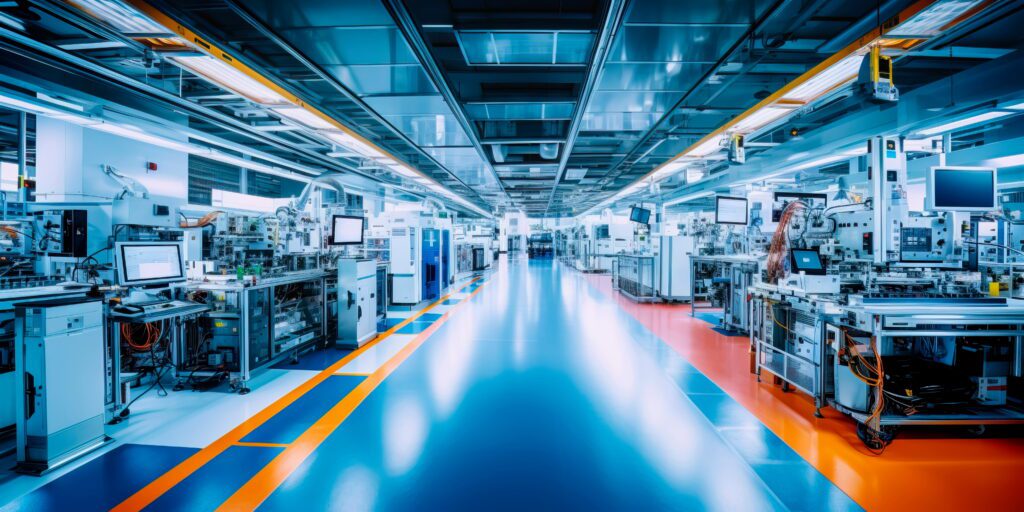The Box Build Process: A Comprehensive Guide

Building a custom assembly can be a complex yet rewarding endeavor. Understanding the box build process is crucial for ensuring that your final product meets all design and functionality requirements. In this blog, we’ll walk through the key stages of the box build process, from concept to completion.
Defining Requirements
Before diving into the actual building process, it’s essential to clearly define the requirements of the box. This includes:
– Purpose: What will the box be used for? Is it for housing electronic components, packaging products, or something else?
– Dimensions: What are the specific size requirements? Accurate measurements are crucial for a good fit.
– Material: What materials will be used? Options include cardboard, plastic, metal, and more.
– Design: What should the box look like? This includes shape, color, and any special features.
– Budget: How much are you willing to spend? Costs can vary widely depending on materials and complexity.
Design and Prototyping
Once you have a clear understanding of your requirements, the next step is designing the box. This often involves:
– Sketching: Create initial sketches to visualize the box and its components.
– CAD Models: Use computer-aided design (CAD) software to develop detailed models. This helps in visualizing dimensions and fit before physical production.
– Prototyping: Build a prototype to test the design. Prototypes help identify any design flaws and ensure the box meets all functional requirements.
Material Selection
Choosing the right materials is crucial for the box’s durability and functionality. Consider:
– Strength and Durability: Does the material need to withstand heavy weights or harsh conditions?
– Cost: How does the cost of the material fit into your budget?
– Aesthetics: Will the material support the desired look of the final product?
Common materials include:
– Cardboard: Cost-effective and versatile, suitable for packaging.
– Plastic: Durable and often used for electronics or more robust packaging.
– Metal: Used for high-strength requirements, like in industrial applications.
Manufacturing Process
The manufacturing process will vary depending on the materials and design. Key steps include:
– Cutting and Shaping: Materials are cut and shaped according to the design specifications. This can be done using various methods such as laser cutting, die cutting, or CNC machining.
– Assembly: Components are assembled into the final box structure. This might involve gluing, welding, or using fasteners.
– Finishing: Apply any final touches, such as painting, labeling, or adding special features like inserts or compartments.

Quality Control
Quality control is essential to ensure that the final product meets all specifications and standards. This involves:
– Inspection: Check the box for any defects or deviations from the design.
– Testing: If applicable, test the box under real-world conditions to ensure it performs as expected.
– Feedback: Gather feedback from stakeholders or potential users to identify any areas for improvement.
Packaging and Delivery
Once the box passes quality control, it’s ready for packaging and delivery:
– Packaging: Ensure the box is packaged properly to avoid damage during transportation.
– Logistics: Plan the delivery process, considering factors like shipping methods and destination.
Post-Production Review
After the box is delivered and in use, conduct a post-production review to assess:
– Performance: How well did the box meet its intended purpose?
– Feedback: Collect feedback from users to understand their experience and identify any potential improvements.
– Lessons Learned: Document any lessons learned throughout the process to improve future projects.
Conclusion
The box build process is a multi-faceted journey that requires careful planning, design, and execution. By following these steps, you can ensure that your custom assembly not only meets but exceeds expectations. Whether for packaging, housing electronics, or any other purpose, a well-built box is the foundation of a successful product.
